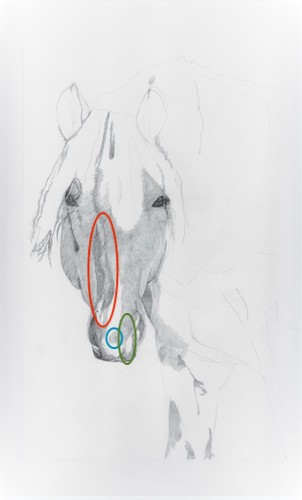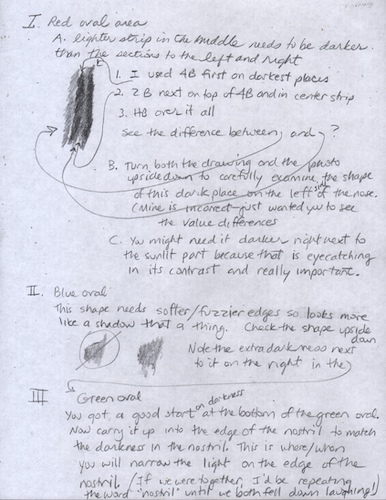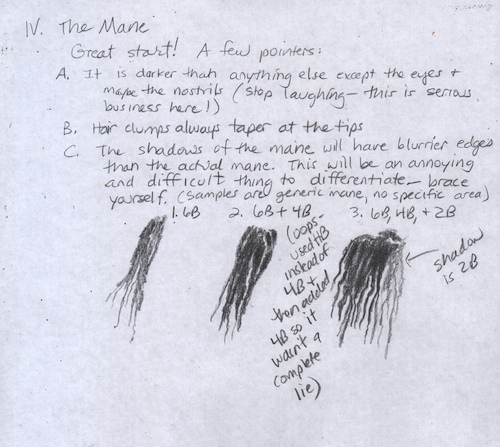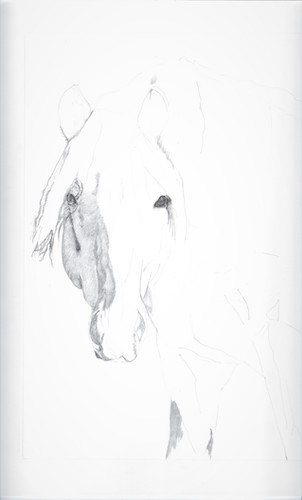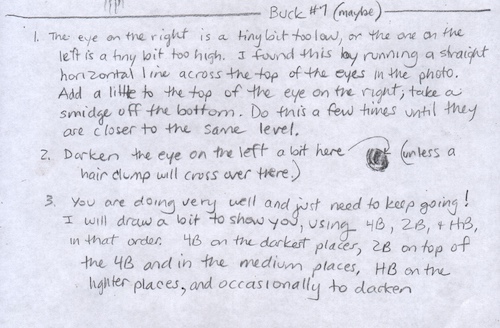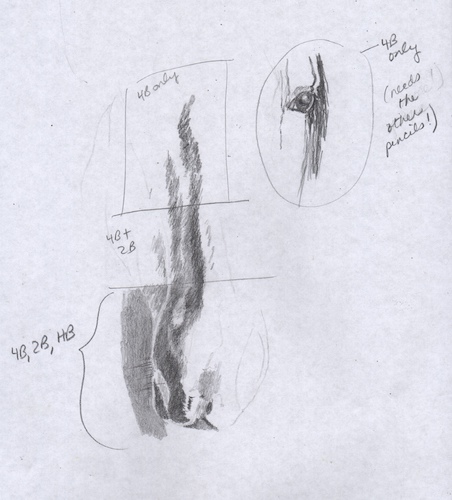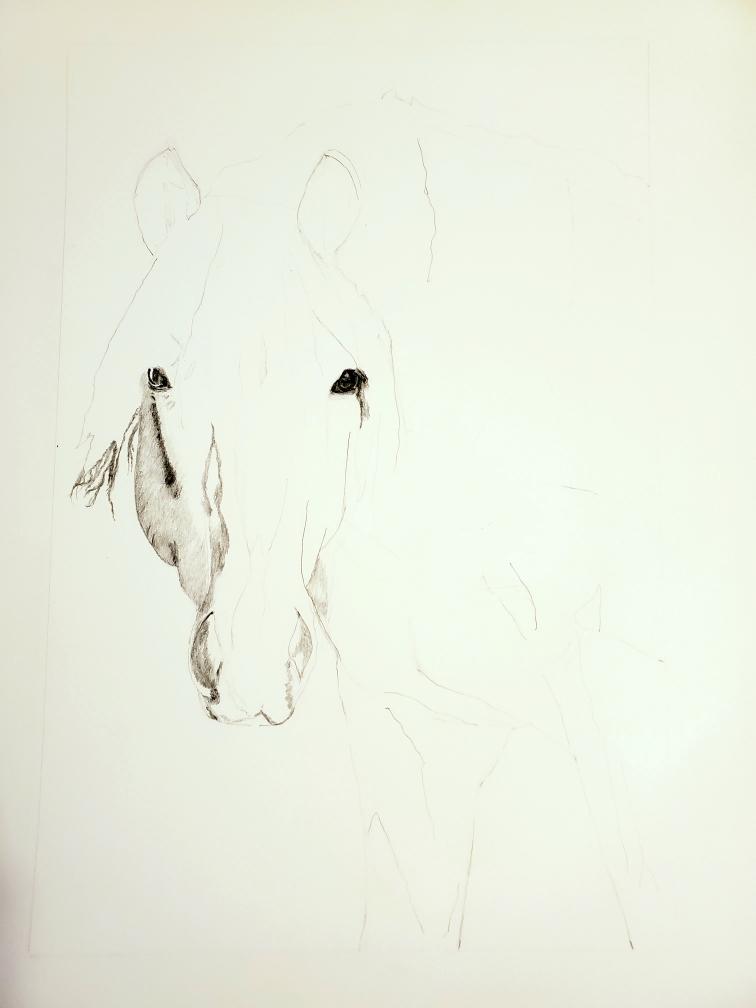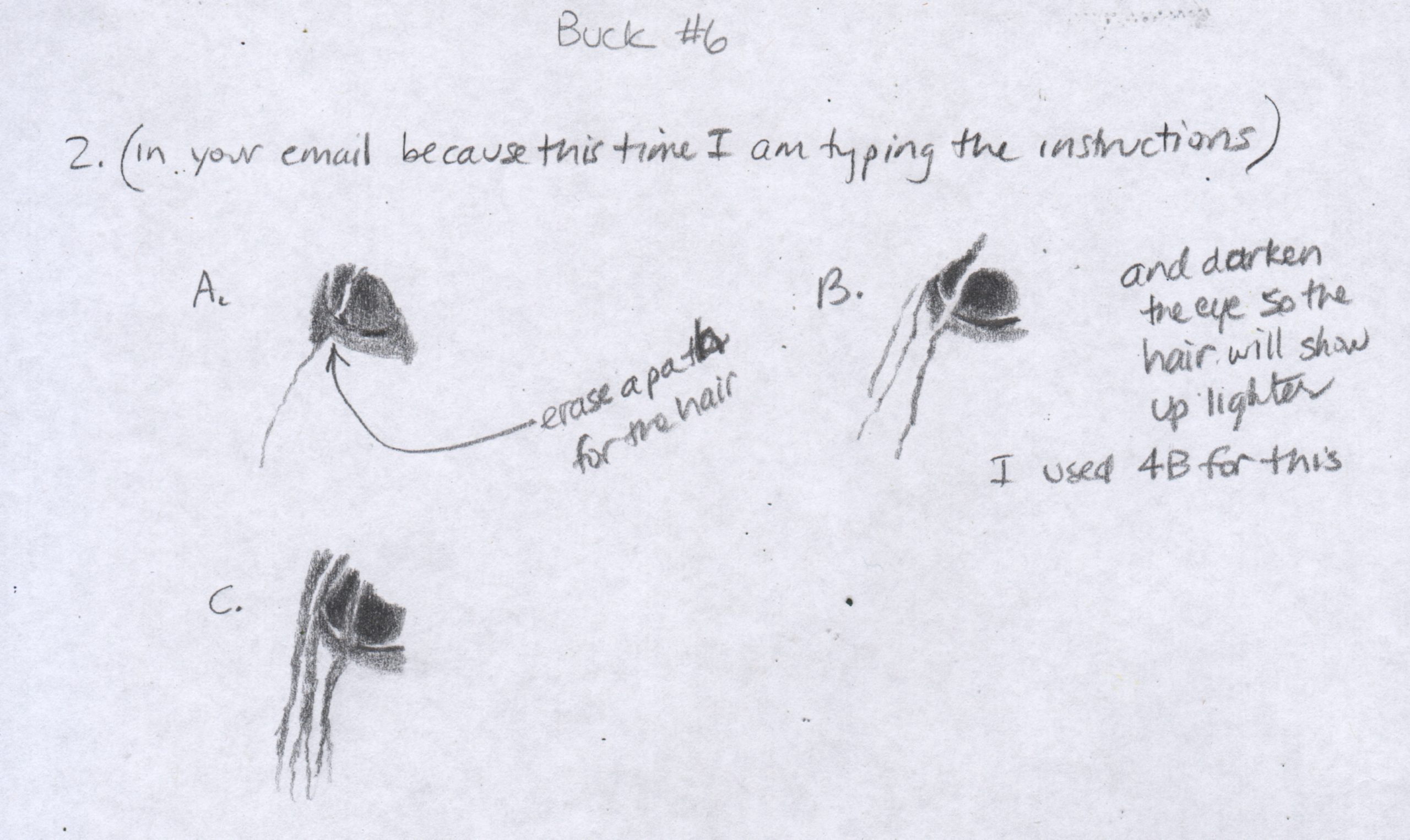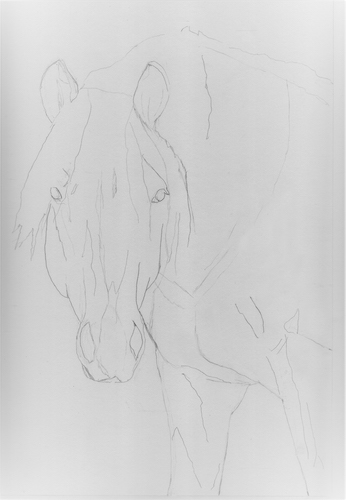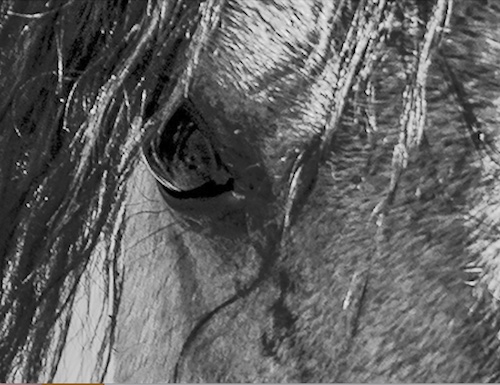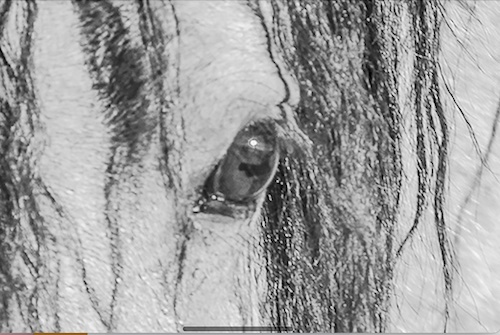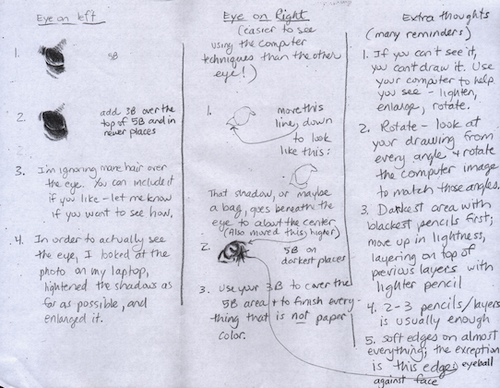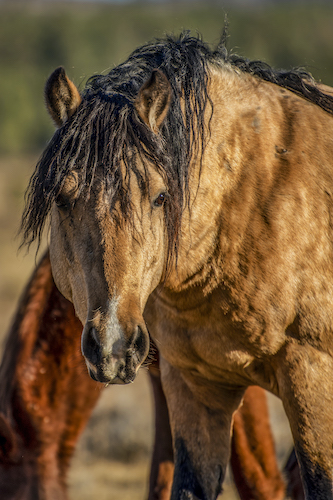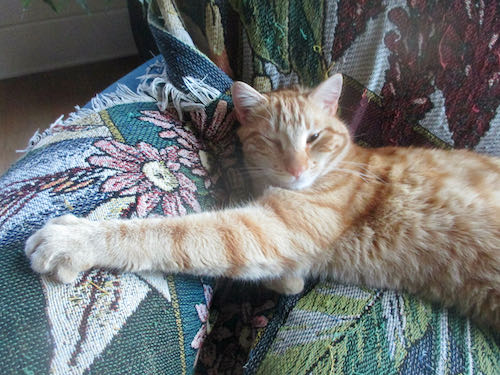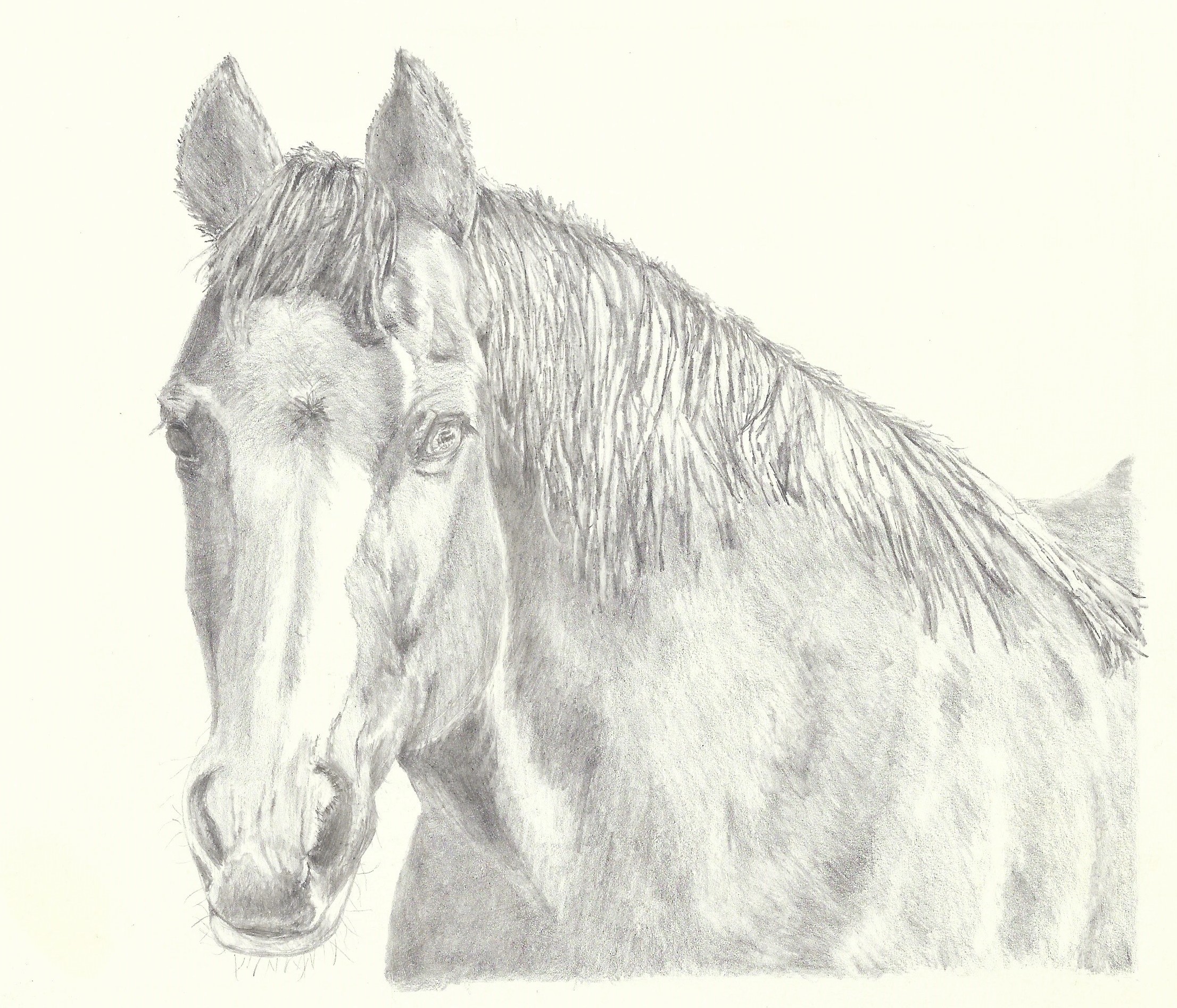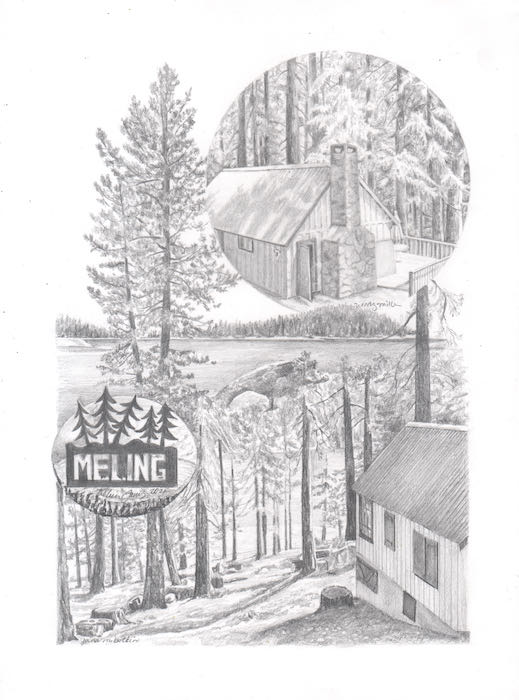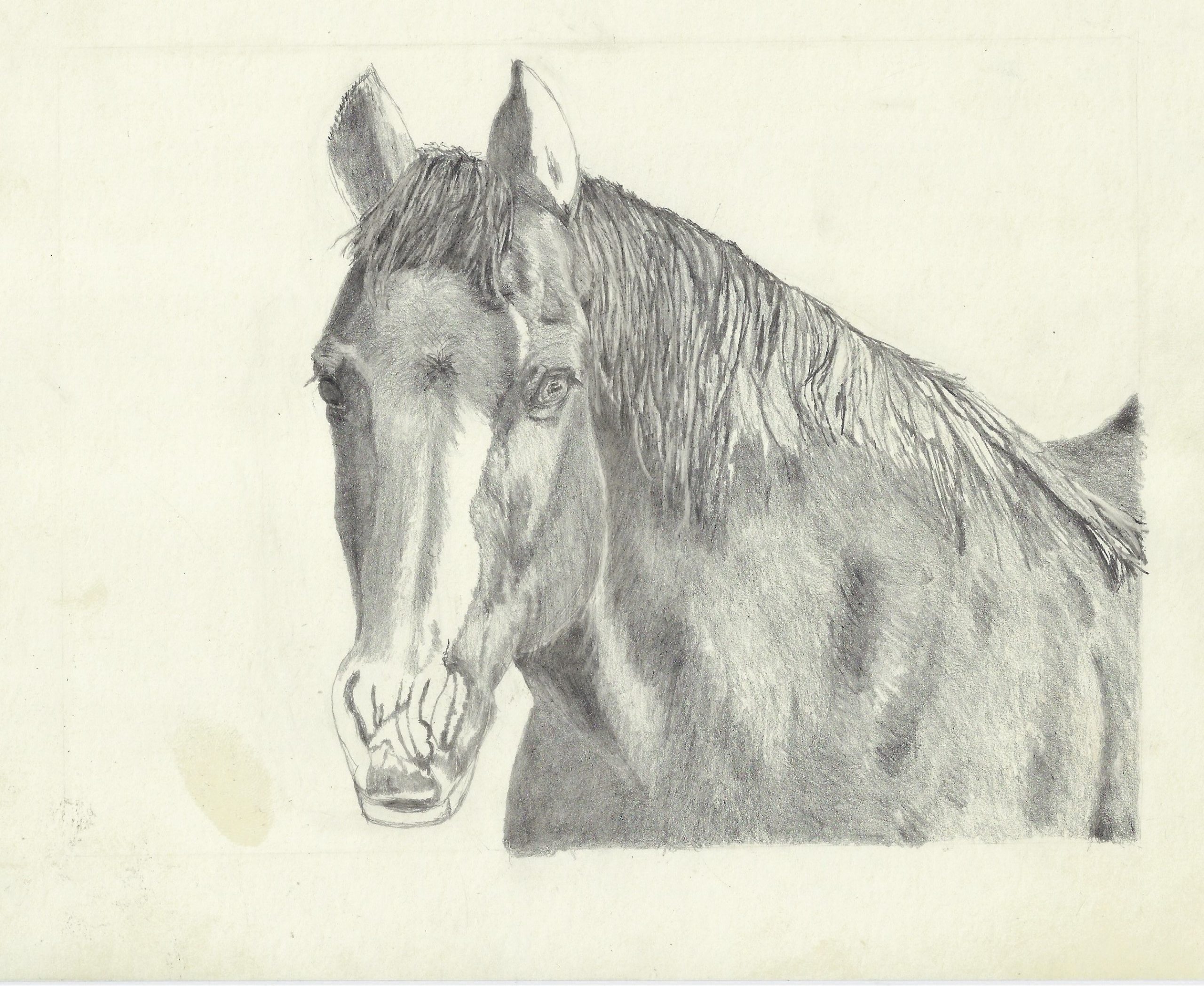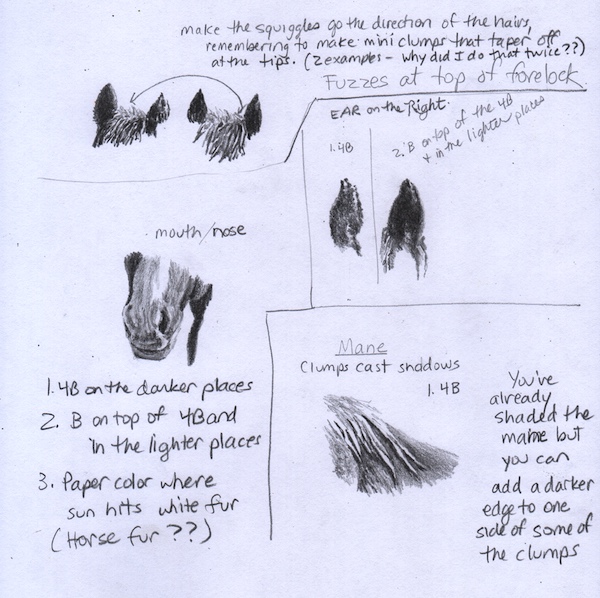In working with my drawing student C via email, we discussed the fact that the drawing of her horse Rocky got finished in record time for her. She is such a good thinker and clear communicator that I decided to share what we discussed. These are her conclusions about finishing quickly and my thoughts.
C’s drawing table is where she can work any time she passes by without having to set things up.
It is so helpful to have an art project be accessible so it isn’t a project unto itself just to set up.
C felt dependent on my help when in class and a little intimidated to just dive on in.
I need to find a way to encourage my students to be more independent so they don’t wait for me to tell them each step; at the same time, I understand why they wait for instruction, because who wants to erase??
C felt a little intimidated about being with people who are more advanced than she is.
It takes awhile for people to realize that their classmates are super encouraging and that all of us started at the beginning, not suddenly arrived as accomplished artists. I sometimes purposely bring something ugly and early to show my students so they won’t feel embarrassed by their own early origins. My students all make better first drawings than I drew AFTER I started accepting commissions.
C had confidence drawing horses, a subject that she has painted several times.
She is right about having more confidence when drawing a familiar subject. I often remind my students to pick something they love, because they will be staring at it for L O N G time.
I love that my drawing students become friends, love listening to them all get to know each other, love learning from them on a variety of topics. Sometimes I wonder if it would be more efficient to ask everyone to stop talking and focus. Then I remember being in a colored pencil workshop when the very unpleasant instructor shouted, “QUIET! NO TALKING!” and I never want to do that. So, we’ll just keep on as things are, and I will continue looking for ways to encourage independence.
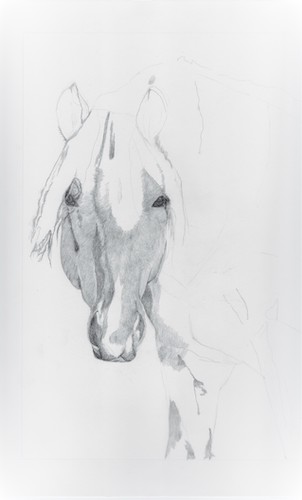 Oh how I wish we were together in person! But my o-so-wise dad taught me this: “If you put a wish in one hand and spit in the other, which hand actually contains something?” So we shall soldier on.
Oh how I wish we were together in person! But my o-so-wise dad taught me this: “If you put a wish in one hand and spit in the other, which hand actually contains something?” So we shall soldier on.